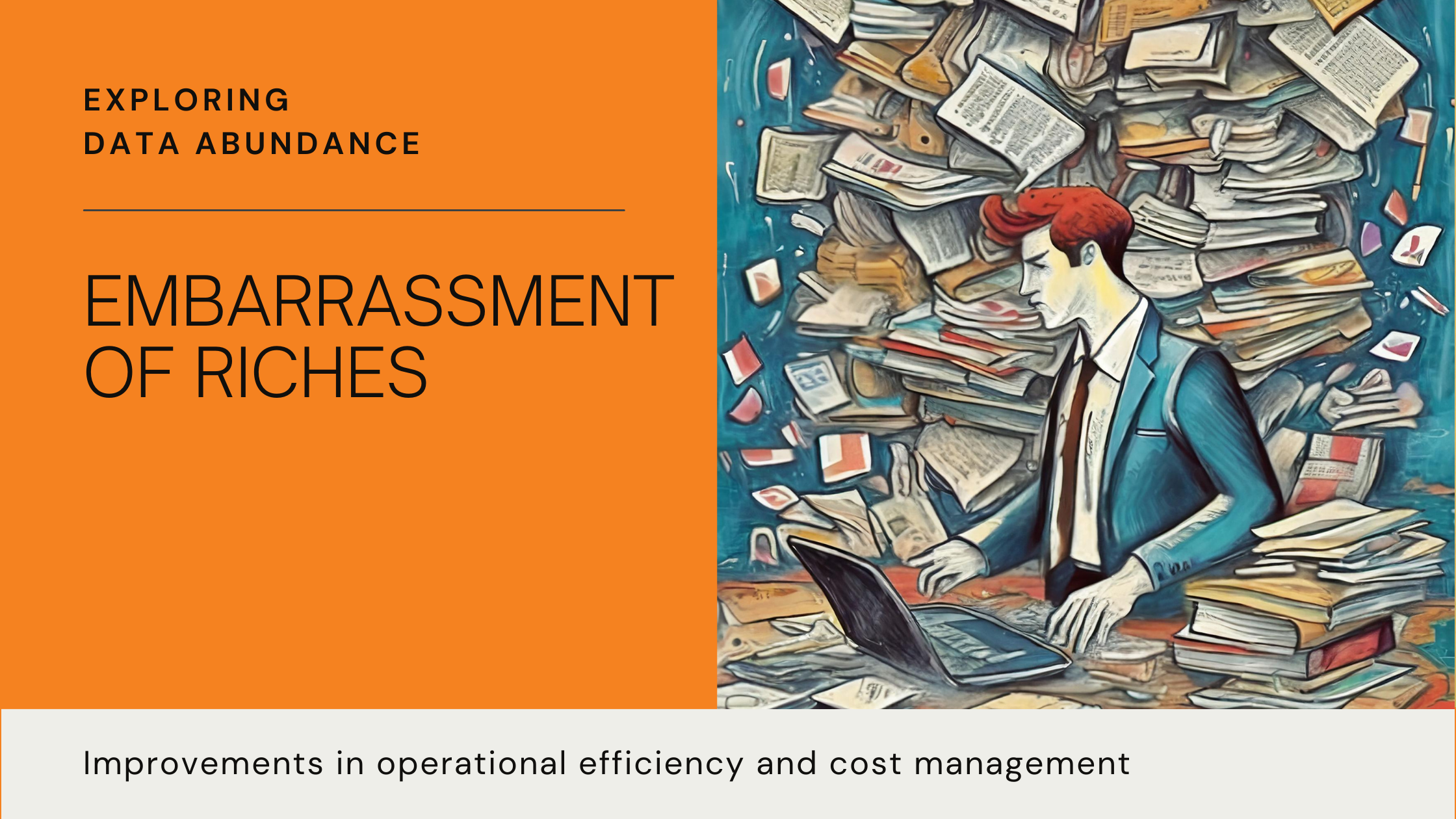Over the last two decades, we have heard things like “knowledge is power” and “data is the new currency.” While these are catchy phrases, their veracity is questionable based on what (if anything) gets done with that knowledge or data.
Our industry is both blessed and cursed with an unlimited amount of business data and metrics including HDDs, tank sizes, K-factors, stops made, gallons delivered, supply basis differentials, service call-backs, etc., etc. In addition, we are familiar with the notion that too much information can be as bad as not enough information which has resulted in much of our industry being left behind the data bubble. Perhaps more accurately stated “too much information cannot be efficiently processed by the human brain” as there are simply too many variables and combinations to make sense of it all in a timely manner. That is where technology comes in.
Data collection and data sorting is easy to understand in ‘reasonable’ batches, but impossible to do manually with very large quantities. Conversely, computers have the processing capacity to do it, and do it quickly. Machine learning is similar; you might recognize that a group of customers behaves in a certain way (perhaps calling for early deliveries or complaining about prices), but a computer program will recognize it (“learn”) faster. Lastly, Artificial Intelligence (AI) is simply the product of software “training” (by humans) and faster processing. Understand that nothing in our data-driven world is the result of something that cannot be done by people. Software and programming just make it more efficient, faster, and…less emotional.
Over the last 5 years we have worked very closely with ~50 fuel distributors seeking to individualize and balance the Machine Learning (ML) practicalities of “letting the data speak”. While doing so we’ve recognized that “gut feelings” are both (at times) inaccurate and are an important part of running an organization that has people in it (not just machines).
- A driver may want to end his/her shift in May to watch a child’s Little League game.
- A customer may want to “top off” their tank before the end of their contract – especially if they have a fixed or capped price and the market price has risen.
- Discounts are given to certain customers at certain times, and they lead to “acceptable” misses to budgeted per gallon margins.
The humanistic approach to running a consumer-facing business is incredibly important. While parts of these gut decisions are somewhat predictable, it will take time before we are all comfortable with “allowing the machines” to make all the decisions.
For now, we want to focus on several of our findings and results from the 5-year project.
Most distributors have very similar operating results and for those we work with, very similar starting points. Delivery sizes, variances (standard deviations), % of runouts, deliveries per hour (based on geography), gallons per truck per year, as well as several others. The “best” to the “worst” is likely a spread for most metrics of less than 20%.
Where the “riches” start:
We have seen, especially in the cases with the most collaboration – i.e., “yes, we have done it this way for a long time, but we will commit to trying this new way” – the following results and findings:
- Increase in annual delivery sizes of >15% on average.
- Increase in annual delivery sizes of monitored tanks by >25%
- Drop in cost per delivered gallon of >20% for program tanks.
- Shifting of mid-winter deliveries to lower-K tanks
- Flattening the peak
- Cutting down on mid-winter overtime costs
- Allowing for mid-winter excess capacity for “opportunistic” (i.e., new) sales
- Lefty-Shift
- Identification of which companies, tanks, and months of the year lead to larger and smaller delivery sizes – AND THE REASONS (not what you would think)
- Seasonal adjustments to optimal delivery sizes to optimize out of winter deliveries.
- Seasonal Ks
- The math in your BOS is excellent, but is limited by the numbers you put in (seasonal Ks, switch dates, non-adjusting baseloads)
- The ability to pull-forward or push-back deliveries in a deliberate way due to the consumption impacts of non-seasonal weather can improve out-of-winter deliveries by as much as 50 gallons into a 275-gallon heating oil tank.
- Automated recalculations based on market and basis pricing¹
- If the basis collapsed causing a massive spread between prompt and future pricing (as happened at the beginning of the pandemic), or if the basis “blew out” making “tomorrow’s” gallons far less expensive than “today’s” (as happened when Russia invaded Ukraine, and on and off since), a distributor might look to redefine his/her delivery planning to take advantage of the market anomaly (again, without speculating, but just looking at relative costing).
- Identifying outliers
- Some tanks hum along at a perfect K-factor of 5 while others jump around from 4 to 8 to… and still have a K-factor of 5. These different types of tanks need different types of delivery planning – and not by hand!
- The more data we collect/process/review the better solutions partner we become, allowing our clients to focus on customer acquisition, retention, and cost-management (no one is commenting that their costs of hourly wages, insurance, or fleet maintenance is going down).
- Managing by exception
- Variances to expected per unit margins.
- Variances to expected delivery size.
- Variances to expected wholesale cost.
- Managing by exception
It has been a very fulfilling 5 years. Working closely with our client/partners has given us a glimpse into what the future holds for those who understand the power of data, processing and algorithms – while still embracing “gut feelings” appropriately. It starts with an honest conversation about what keeps you up at night and leads to a clear identification of challenges and opportunities. If that is what you are looking for, it probably pays to have a conversation with us.
¹We NEVER have an opinion on pricing or on basis differentials.
 Philip J. Baratz is CEO of Angus Energy which he co-founded. Angus Energy began providing hedging services in 1991, and has grown steadily, providing services to over 600 clients, including public companies and municipalities.
Philip J. Baratz is CEO of Angus Energy which he co-founded. Angus Energy began providing hedging services in 1991, and has grown steadily, providing services to over 600 clients, including public companies and municipalities.
PAST RESULTS ARE NOT NECESSARILY INDICATIVE OF FUTURE RESULTS.
The risk of loss in trading commodity interests can be substantial. You should therefore carefully consider whether such trading is suitable for you in light of your financial condition. In considering whether to trade or to authorize someone else to trade for you, you should be aware that you could lose all or substantially all your investment and may be liable for amounts well above your initial investment.

